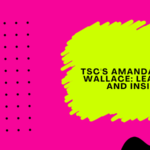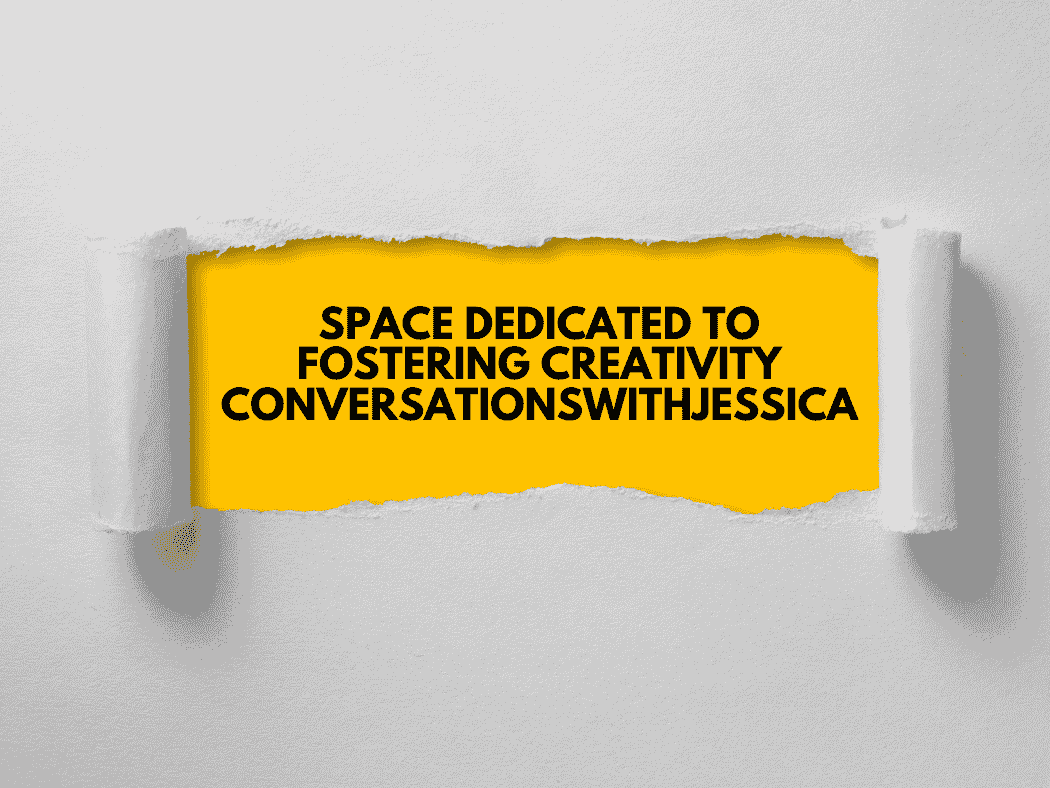Introduction
ConversationswithJessica to Creativity is an essential skill in modern society, influencing industries from business and education to technology and the arts. It drives innovation, enhances problem-solving, and fosters personal growth through conversionswithjessica. Despite its importance, many struggle to cultivate creativity due to environmental and mental barriers.
Enter Jessica, a creativity coach dedicated to helping individuals and organizations unlock their full creative potential. Through her work, she emphasizes the importance of crafting spaces—both physical and mental—that nurture and enhance creative thinking. This article delves into Jessica’s insights, exploring her unique approach to fostering creativity and the significance of designing environments that encourage innovation.
You can check out more insightful articles and the latest trends in the market by visiting Thee-vital-mag-net.blog
The Role of Creativity in Today’s World
Creativity is the cornerstone of progress, shaping industries and transforming ideas into groundbreaking realities. In business, creative problem-solving leads to innovative products and services that set companies apart. In education, fostering creativity enhances critical thinking and prepares students for an ever-evolving job market. Technology thrives on creativity, with advancements in artificial intelligence, software development, and user experience design rooted in imaginative thinking.
Historically, creative breakthroughs have driven significant advancements—think of Thomas Edison’s invention of the light bulb or Steve Jobs’ revolution of personal computing. In the arts, creativity births movements that challenge societal norms and inspire new ways of thinking. By recognizing creativity’s vast applications, we understand why fostering this skill is crucial in today’s dynamic world.
ConversationswithJessica: A Deep Dive into Her Creative Process
Jessica’s journey into creativity coaching began with her passion for helping people realize their potential. With a background in psychology and the arts, she has developed a unique philosophy centered on the belief that creativity is not an innate talent but a skill that can be nurtured.
Her coaching methodology focuses on unlocking creative potential through tailored strategies. She works with a diverse range of individuals, from entrepreneurs seeking innovative business solutions to artists looking for inspiration. ConversationswithJessica believes that creativity flourishes when individuals feel safe to experiment and embrace failure as part of the learning process. Through one-on-one sessions, workshops, and collaborative projects, she guides people toward overcoming their creative blocks and developing sustainable creative habits.
Creating a Space for Creativity: Why It Matters
A “creative space” is more than just a physical location—it is an environment, both mental and physical, that fosters imagination and innovation. The ambiance of a workspace, the mindset of individuals, and the cultural atmosphere all contribute to the creative process.
Throughout history, creative spaces have played a pivotal role in innovation. The Bauhaus movement in the early 20th century redefined art and design by cultivating an environment where artists and engineers collaborated freely. Modern-day examples include the open and playful office designs of tech giants like Google, which prioritize flexibility, collaboration, and comfort to stimulate creativity.
By intentionally creating spaces that encourage brainstorming, free thinking, and experimentation, individuals and organizations can harness the full power of creativity.
Building Physical Spaces That Foster Creativity
The design of a physical space significantly influences creative output. Key elements that contribute to an inspiring environment include:
- Lighting: Natural light boosts mood and productivity, while adjustable lighting can create a dynamic atmosphere suited for different creative tasks.
- Design & Aesthetics: Vibrant colors, inspiring artwork, and flexible furniture arrangements can stimulate the mind and encourage innovative thinking.
- Flexibility & Comfort: Adaptable workspaces that allow for movement, relaxation areas, and collaborative hubs promote spontaneous creativity and idea exchange.
Successful creative spaces exist across industries. Pixar’s headquarters, designed by Steve Jobs, encourages unplanned collaborations by centralizing common areas. Educational institutions like MIT’s Media Lab foster interdisciplinary innovation by integrating flexible, interactive spaces for learning and experimentation.
Also read this: Simpcitu: Making Everyday Life Easier and Smarter
Creating a Mental Space for Creativity
Beyond physical environments, mental spaces are crucial for fostering creativity. A cluttered mind often leads to creative stagnation, while a clear and open mindset encourages new ideas to flow.
ConversationswithJessica emphasizes:
- Overcoming self-doubt and fear of failure: Embracing mistakes as learning experiences rather than setbacks.
- Practicing mindfulness: Techniques such as meditation and journaling help individuals clear mental clutter and focus on the creative process.
- Encouraging free thinking: Brainstorming without self-censorship allows ideas to develop before evaluating their feasibility.
By implementing these mental strategies, individuals can create an internal environment where creativity thrives.
Overcoming Common Creativity Blocks
Many individuals face obstacles that hinder their creative potential. Common barriers include:
- Fear of failure: The anxiety of making mistakes can prevent people from experimenting with new ideas.
- Perfectionism: The pressure to create flawless work stifles the creative process.
- Time constraints: Busy schedules leave little room for exploration and free thinking.
ConversationswithJessica helps clients overcome these blocks through targeted exercises, such as:
- Rapid ideation sessions: Encouraging quick, unfiltered idea generation without judgment.
- Creative constraints: Setting limitations (e.g., using only three colors in a painting) to force inventive problem-solving.
- Scheduled creative breaks: Allocating time specifically for creative activities to integrate innovation into daily routines.
By recognizing and addressing these challenges, individuals can break free from creative stagnation and rediscover their imaginative potential.
Conclusion
Creativity is a powerful force that fuels progress in every aspect of life. ConversationswithJessica approach to fostering creativity demonstrates that by cultivating the right spaces—both physical and mental—anyone can enhance their creative abilities. Through intentional design, supportive environments, and strategic mindset shifts, creativity can flourish.
As industries and individuals continue to recognize the value of creativity, the need for dedicated creative spaces becomes more apparent. By learning from ConversationswithJessica insights and implementing her strategies, we can all unlock our potential, drive innovation, and shape a more imaginative future.
FAQs
1. What is a creativity coach?
A creativity coach helps individuals and organizations develop their creative potential by providing guidance, exercises, and strategies to overcome creative blocks and enhance innovative thinking.
2. How can a physical space influence creativity?
The design, lighting, and overall ambiance of a space can significantly impact creative thinking. Environments that are flexible, inspiring, and comfortable encourage spontaneous ideas and collaboration.
3. What are some common creativity blocks?
Fear of failure, perfectionism, and time constraints are some of the most common obstacles that hinder creativity. ConversationswithJessica helps individuals address these through various techniques, such as rapid ideation and mindfulness practices.
4. Can creativity be learned, or is it an innate talent?
Creativity is a skill that can be nurtured and developed. While some people may have a natural inclination towards creative thinking, anyone can enhance their creativity with the right mindset and practices.
5. How can businesses benefit from fostering creativity?
Creativity drives innovation, problem-solving, and competitiveness. Companies that cultivate creative environments often see increased employee engagement, unique solutions, and a stronger market presence.










